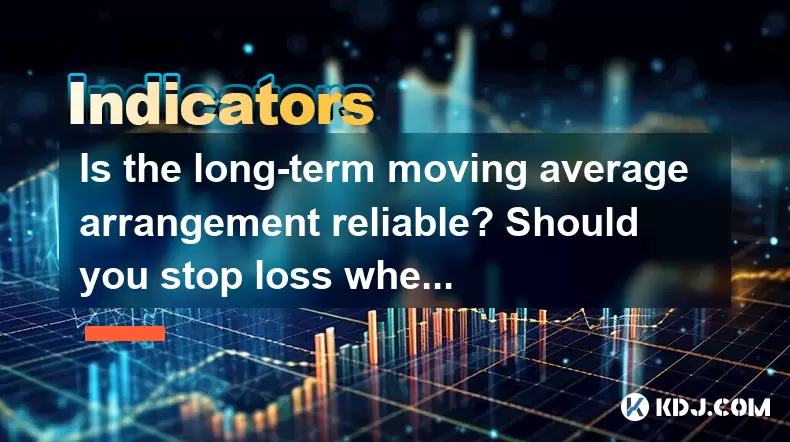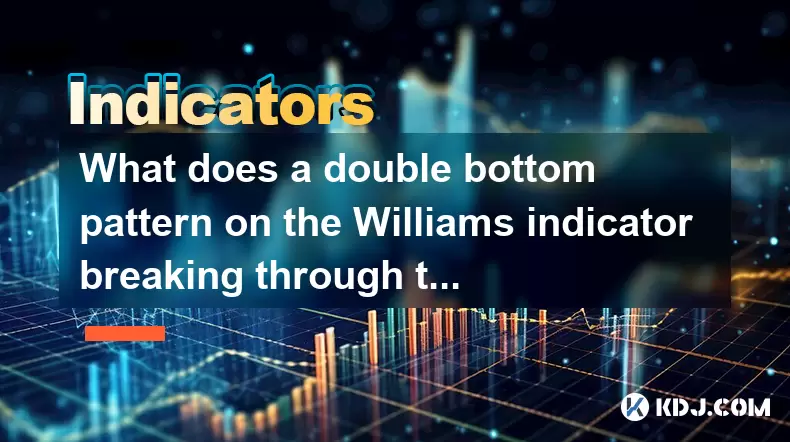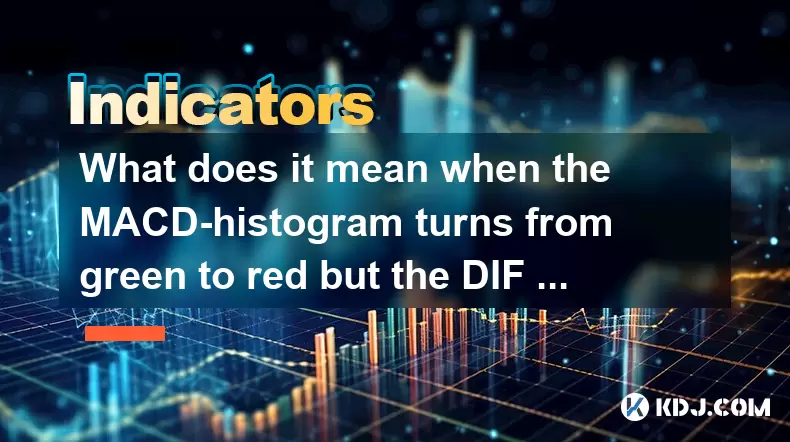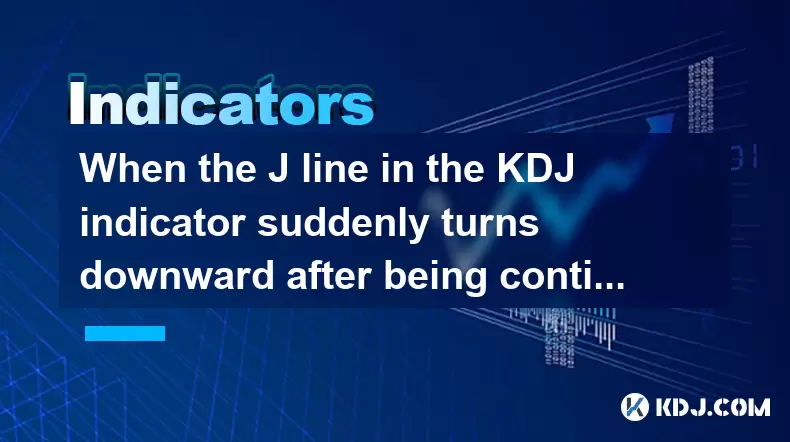-
 Bitcoin
Bitcoin $116400
-0.36% -
 Ethereum
Ethereum $4033
3.40% -
 XRP
XRP $3.302
-1.26% -
 Tether USDt
Tether USDt $1.000
-0.02% -
 BNB
BNB $796.1
1.67% -
 Solana
Solana $177.8
1.89% -
 USDC
USDC $0.9999
0.00% -
 Dogecoin
Dogecoin $0.2314
4.09% -
 TRON
TRON $0.3381
0.14% -
 Cardano
Cardano $0.7989
1.22% -
 Stellar
Stellar $0.4496
-1.84% -
 Chainlink
Chainlink $20.42
9.42% -
 Hyperliquid
Hyperliquid $41.17
0.88% -
 Sui
Sui $3.914
3.77% -
 Bitcoin Cash
Bitcoin Cash $584.7
1.52% -
 Hedera
Hedera $0.2632
-0.54% -
 Avalanche
Avalanche $24.09
3.40% -
 Ethena USDe
Ethena USDe $1.001
-0.02% -
 Litecoin
Litecoin $123.2
1.33% -
 Toncoin
Toncoin $3.318
-0.04% -
 UNUS SED LEO
UNUS SED LEO $8.984
-0.05% -
 Shiba Inu
Shiba Inu $0.00001323
2.85% -
 Uniswap
Uniswap $10.90
4.41% -
 Polkadot
Polkadot $3.999
3.34% -
 Dai
Dai $1.000
0.01% -
 Cronos
Cronos $0.1630
9.64% -
 Bitget Token
Bitget Token $4.484
0.82% -
 Monero
Monero $272.4
2.44% -
 Pepe
Pepe $0.00001173
6.03% -
 Aave
Aave $290.8
2.88%
Is the long-term moving average arrangement reliable? Should you stop loss when the short-term moving average crosses?
Crypto traders use moving averages to spot trends; long-term MAs confirm trends, while short-term MA crossovers may signal stop loss, but false signals are a risk.
Jun 02, 2025 at 05:56 am

The use of moving averages (MAs) is a popular strategy among cryptocurrency traders to help identify trends and potential trading opportunities. The reliability of long-term moving average arrangements and the decision to stop loss when a short-term moving average crosses are crucial considerations for any trader. This article will delve into these topics, providing a detailed analysis to help traders make informed decisions.
Understanding Moving Averages in Cryptocurrency Trading
Moving averages are statistical tools used to smooth out price data over a specified period. In cryptocurrency trading, they help traders identify trends by reducing the impact of short-term fluctuations. There are two primary types of moving averages used: simple moving averages (SMA) and exponential moving averages (EMA). SMAs calculate the average price over a specific number of periods, while EMAs give more weight to recent prices, making them more responsive to new information.
In the context of cryptocurrency trading, long-term moving averages, such as the 50-day or 200-day MA, are used to identify the overall trend of a cryptocurrency. Short-term moving averages, like the 10-day or 20-day MA, are used to spot potential entry and exit points.
Reliability of Long-Term Moving Average Arrangements
The reliability of long-term moving average arrangements depends on several factors, including the specific cryptocurrency being traded, market conditions, and the time frame considered. Long-term moving averages are generally considered reliable for identifying major trends, but they are not infallible.
Market Volatility: Cryptocurrencies are known for their high volatility, which can lead to false signals. A long-term moving average might lag behind significant price movements, causing traders to miss out on potential opportunities or remain in losing positions longer than necessary.
Trend Confirmation: Long-term moving averages are effective for confirming trends. For instance, if the price of a cryptocurrency remains above its 200-day moving average, it indicates a bullish trend. Conversely, if the price stays below the 200-day moving average, it suggests a bearish trend. This reliability is particularly useful for long-term investors who aim to hold their positions for extended periods.
False Signals: While long-term moving averages are less prone to whipsaws (false signals) compared to short-term moving averages, they can still occur. Traders need to combine moving averages with other indicators, such as the Relative Strength Index (RSI) or the Moving Average Convergence Divergence (MACD), to increase the reliability of their trading signals.
Should You Stop Loss When the Short-Term Moving Average Crosses?
The decision to stop loss when a short-term moving average crosses a long-term moving average, known as a death cross or golden cross, is a common strategy among traders. However, whether to implement a stop loss at this point depends on several factors.
Risk Tolerance: Traders with a low risk tolerance may choose to implement a stop loss when a short-term moving average crosses below a long-term moving average. This strategy helps protect their capital from significant losses. For example, if a trader is using a 20-day SMA and a 50-day SMA, they might set a stop loss order just below the 50-day SMA when the 20-day SMA crosses below it.
Trading Strategy: The decision to stop loss also depends on the trader's overall strategy. Swing traders might use the crossing of moving averages as a signal to exit a position and lock in profits, while trend followers might wait for additional confirmation before exiting a trade. For instance, a trend follower might look for a break below the long-term moving average and a bearish divergence in the MACD before deciding to exit.
False Signals: As mentioned earlier, moving averages can produce false signals, especially in volatile markets. A trader might set a stop loss based on a short-term moving average crossover, only to see the price quickly reverse and move in the opposite direction. To mitigate this risk, traders can use a wider stop loss or combine moving average crossovers with other technical indicators.
Implementing a Stop Loss Based on Moving Average Crossovers
To implement a stop loss based on moving average crossovers, traders need to follow a systematic approach. Here are the steps to consider:
Choose the Moving Averages: Decide on the specific moving averages to use. For example, a trader might choose a 20-day SMA and a 50-day SMA.
Set the Stop Loss Level: Determine the level at which to set the stop loss. If using a 20-day SMA and a 50-day SMA, the stop loss might be set just below the 50-day SMA when the 20-day SMA crosses below it.
Monitor the Market: Continuously monitor the market to ensure the stop loss level is appropriate. Adjust the stop loss if necessary based on market conditions and additional technical indicators.
Execute the Stop Loss: If the price reaches the stop loss level, the stop loss order should be executed automatically, closing the position and limiting losses.
Combining Moving Averages with Other Indicators
To increase the reliability of moving average strategies, traders often combine them with other technical indicators. This approach helps confirm signals and reduce the likelihood of false positives.
Relative Strength Index (RSI): The RSI measures the speed and change of price movements. When used with moving averages, it can help identify overbought or oversold conditions. For example, if a short-term moving average crosses below a long-term moving average and the RSI is below 30, it might indicate a stronger bearish signal.
Moving Average Convergence Divergence (MACD): The MACD is a trend-following momentum indicator that shows the relationship between two moving averages of a security's price. When the MACD line crosses below the signal line and the short-term moving average crosses below the long-term moving average, it can confirm a bearish trend.
Bollinger Bands: Bollinger Bands consist of a middle band being an N-period simple moving average, an upper band at K times an N-period standard deviation above the middle band, and a lower band at K times an N-period standard deviation below the middle band. When the price moves outside the bands and a moving average crossover occurs, it can signal a potential reversal.
Practical Example of Using Moving Averages in Cryptocurrency Trading
To illustrate how moving averages can be used in cryptocurrency trading, consider the following example with Bitcoin (BTC):
Long-Term Moving Average: A trader uses a 200-day SMA to identify the overall trend of Bitcoin.
Short-Term Moving Average: The trader also uses a 50-day SMA to spot potential entry and exit points.
Bullish Scenario: If the price of Bitcoin remains above the 200-day SMA and the 50-day SMA crosses above the 200-day SMA, it indicates a strong bullish trend. The trader might enter a long position at this point.
Bearish Scenario: If the price of Bitcoin falls below the 200-day SMA and the 50-day SMA crosses below the 200-day SMA, it signals a bearish trend. The trader might set a stop loss just below the 200-day SMA to limit potential losses.
Additional Confirmation: The trader combines the moving average signals with the RSI and MACD to confirm the trend. If the RSI is below 30 and the MACD line crosses below the signal line, it strengthens the bearish signal, prompting the trader to exit the position.
Frequently Asked Questions
Q1: Can moving averages be used effectively for all cryptocurrencies?
A1: Moving averages can be used for all cryptocurrencies, but their effectiveness varies depending on the specific cryptocurrency's volatility and trading volume. Highly volatile cryptocurrencies may produce more false signals, requiring traders to use additional confirmation indicators.
Q2: How do I choose the right time frame for moving averages in cryptocurrency trading?
A2: The choice of time frame depends on your trading style. Short-term traders might use 10-day and 20-day moving averages, while long-term investors might prefer 50-day and 200-day moving averages. Experiment with different time frames to find what works best for your strategy.
Q3: Is it necessary to use both SMA and EMA in cryptocurrency trading?
A3: It is not necessary to use both SMA and EMA, but combining them can provide a more comprehensive view of the market. SMAs are simpler and less responsive to recent price changes, while EMAs give more weight to recent prices and can help identify trends more quickly.
Q4: How can I avoid false signals when using moving averages in cryptocurrency trading?
A4: To avoid false signals, combine moving averages with other technical indicators like RSI, MACD, and Bollinger Bands. Additionally, use a wider stop loss and consider the overall market context before making trading decisions based on moving average crossovers.
Disclaimer:info@kdj.com
The information provided is not trading advice. kdj.com does not assume any responsibility for any investments made based on the information provided in this article. Cryptocurrencies are highly volatile and it is highly recommended that you invest with caution after thorough research!
If you believe that the content used on this website infringes your copyright, please contact us immediately (info@kdj.com) and we will delete it promptly.
- Moat Stocks & Mega-Cap Momentum: July's Standout Performance
- 2025-08-09 12:30:12
- Injective (INJ) Eyes $15.39 Breakout Amidst Explosive Network Growth
- 2025-08-09 12:30:12
- Ripple vs. SEC: XRP Price Soars as Legal Battles End, But Can It Outpace Rising Competitors?
- 2025-08-09 13:10:12
- DWP Management, XRP, and Digital Asset Funds: A New Era for Institutional Investment?
- 2025-08-09 13:30:12
- Pi Network's KYB Verification: A Leap Towards Sustainable Token Launch
- 2025-08-09 13:30:12
- Bitcoin, Dollar Alternative, and Institutional Adoption: A New Era?
- 2025-08-09 13:35:12
Related knowledge

What does it mean when the Triple Moving Average (TRIX) turns downward but the price doesn't fall?
Aug 09,2025 at 12:42pm
Understanding the Triple Moving Average (TRIX) IndicatorThe Triple Moving Average, commonly known as TRIX, is a momentum oscillator designed to filter...

What does it mean when the Williams' oscillator repeatedly hits bottoms but fails to rebound?
Aug 09,2025 at 09:28am
Understanding the Williams %R OscillatorThe Williams %R oscillator, developed by Larry Williams, is a momentum indicator used in technical analysis to...

What does a double bottom pattern on the Williams indicator breaking through the 50-day midline indicate?
Aug 09,2025 at 10:56am
Understanding the Williams %R IndicatorThe Williams %R indicator, developed by Larry Williams, is a momentum oscillator that measures overbought and o...

What does it mean when the MACD-histogram turns from green to red but the DIF line fails to form a golden cross?
Aug 09,2025 at 10:15am
Understanding the MACD and Its ComponentsThe MACD (Moving Average Convergence Divergence) is a widely used technical analysis tool in the cryptocurren...

When the J line in the KDJ indicator suddenly turns downward after being continuously overbought, does it indicate a top?
Aug 09,2025 at 06:35am
Understanding the KDJ Indicator and Its ComponentsThe KDJ indicator is a momentum oscillator widely used in cryptocurrency technical analysis to ident...

What does it mean when the TRIX indicator suddenly diverges downward after a long period of convergence?
Aug 09,2025 at 12:56am
Understanding the TRIX Indicator in Cryptocurrency TradingThe TRIX indicator, or Triple Exponential Average, is a momentum oscillator used in technica...

What does it mean when the Triple Moving Average (TRIX) turns downward but the price doesn't fall?
Aug 09,2025 at 12:42pm
Understanding the Triple Moving Average (TRIX) IndicatorThe Triple Moving Average, commonly known as TRIX, is a momentum oscillator designed to filter...

What does it mean when the Williams' oscillator repeatedly hits bottoms but fails to rebound?
Aug 09,2025 at 09:28am
Understanding the Williams %R OscillatorThe Williams %R oscillator, developed by Larry Williams, is a momentum indicator used in technical analysis to...

What does a double bottom pattern on the Williams indicator breaking through the 50-day midline indicate?
Aug 09,2025 at 10:56am
Understanding the Williams %R IndicatorThe Williams %R indicator, developed by Larry Williams, is a momentum oscillator that measures overbought and o...

What does it mean when the MACD-histogram turns from green to red but the DIF line fails to form a golden cross?
Aug 09,2025 at 10:15am
Understanding the MACD and Its ComponentsThe MACD (Moving Average Convergence Divergence) is a widely used technical analysis tool in the cryptocurren...

When the J line in the KDJ indicator suddenly turns downward after being continuously overbought, does it indicate a top?
Aug 09,2025 at 06:35am
Understanding the KDJ Indicator and Its ComponentsThe KDJ indicator is a momentum oscillator widely used in cryptocurrency technical analysis to ident...

What does it mean when the TRIX indicator suddenly diverges downward after a long period of convergence?
Aug 09,2025 at 12:56am
Understanding the TRIX Indicator in Cryptocurrency TradingThe TRIX indicator, or Triple Exponential Average, is a momentum oscillator used in technica...
See all articles

























































































